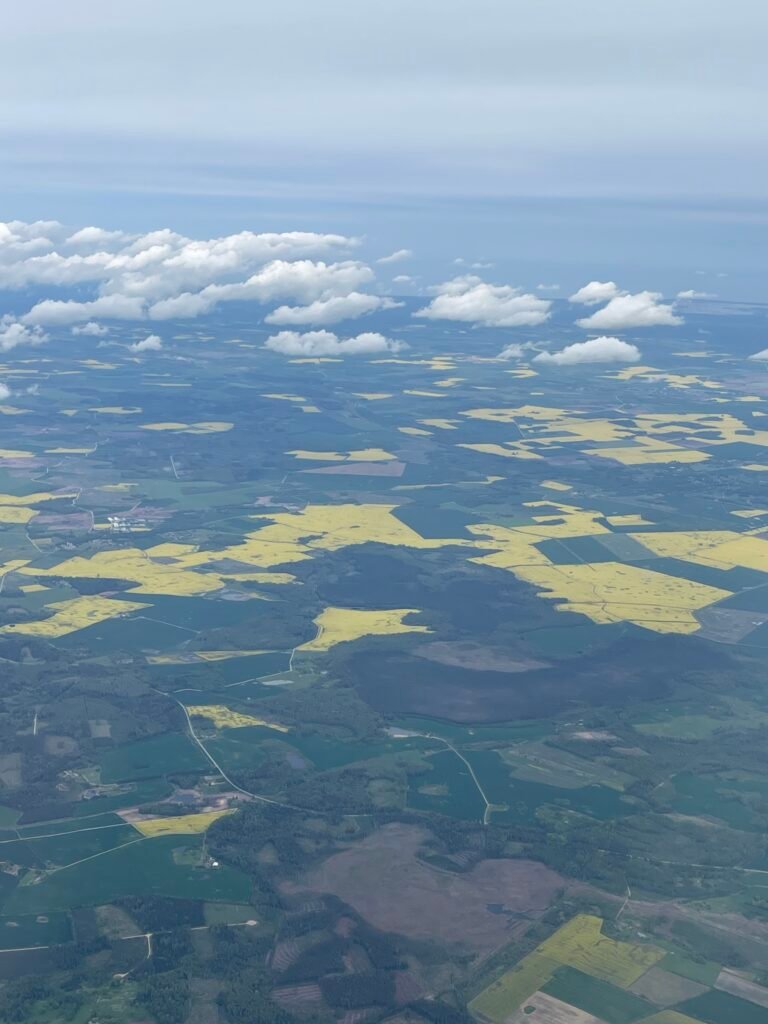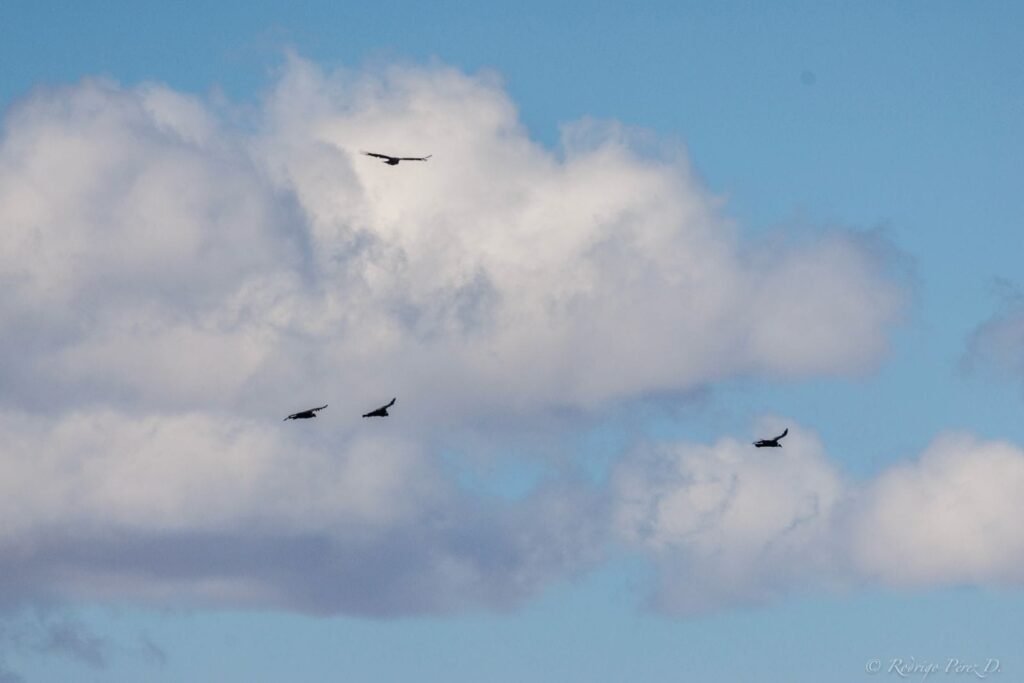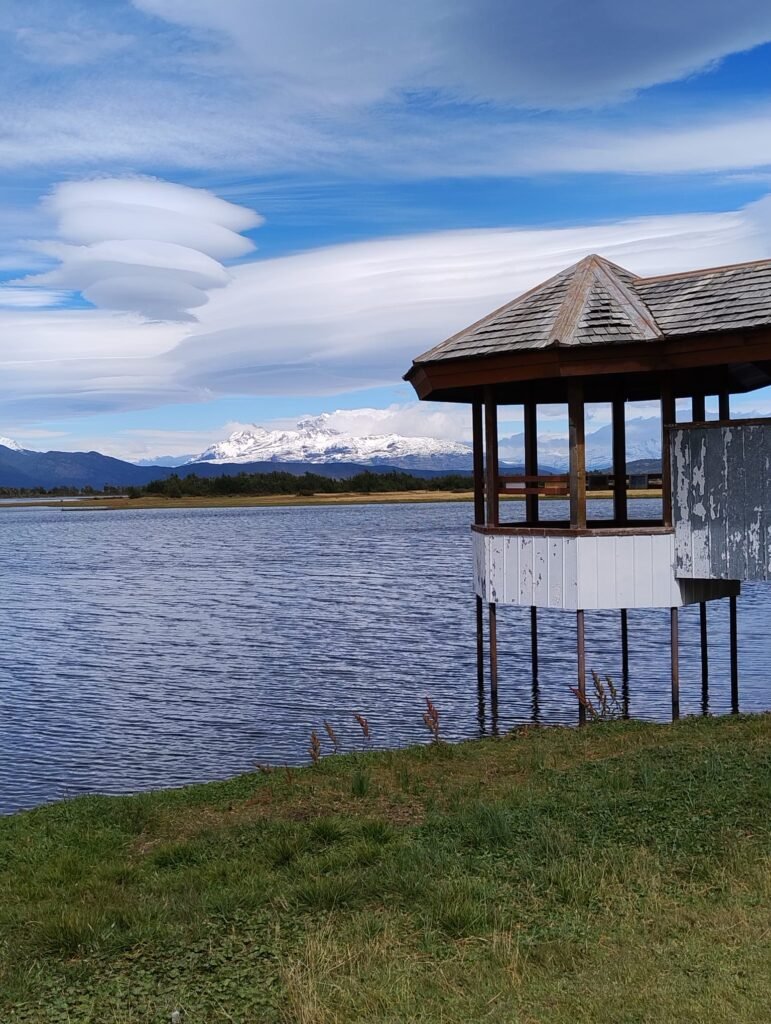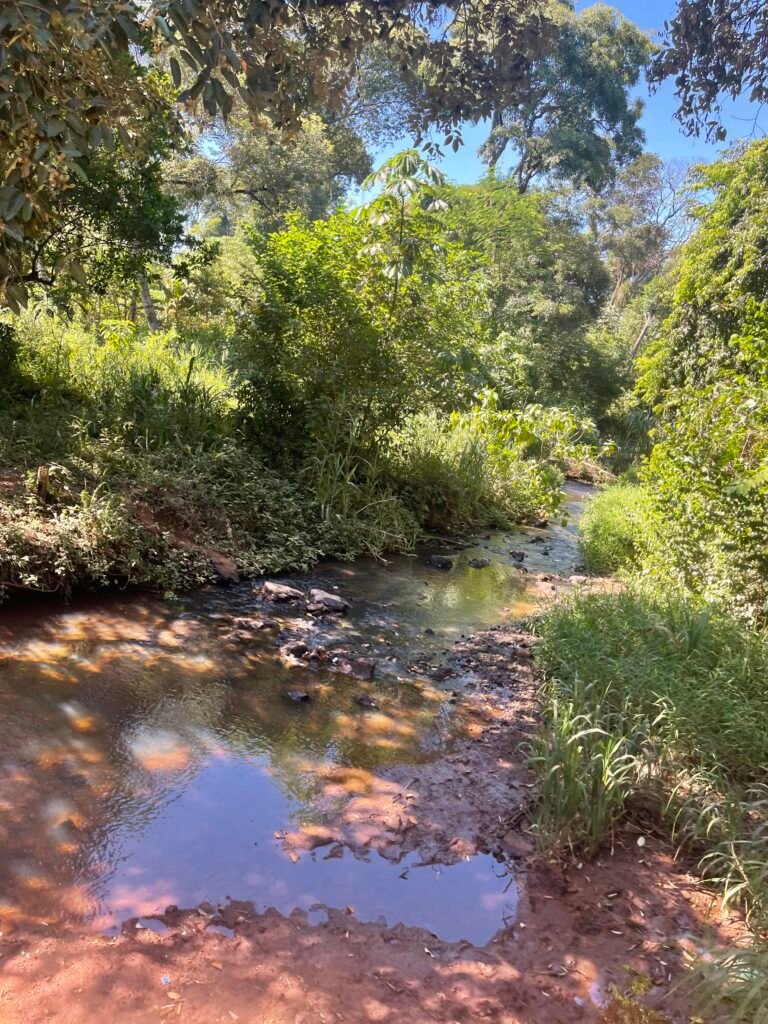Accommodations: Metropole Hotel by Semarah
I didn’t get the best night’s sleep last night, but I did get a lot of reading done from 1:30 am till about 4. LOL!! Then I had a few good hours until morning finally broke and we dressed and went down to breakfast. We met five more people on the trip who will be traveling with us, and then we sat down for breakfast. They serve mimosas if you desire (we didn’t have any), and the choice for breakfast was regular breakfast fare that you would find anywhere. It was enjoyable.
After breakfast we met Eero in a conference room for an orientation meeting of what to expect during the next few days and then we went around the room telling everyone our names, where we lived, and our hobbies.
After the meeting, we boarded a mini bus and met our local guide, who took us on a city tour of Riga. Riga was an important trade port which made it a prime target for nearby countries to try to take over and these countries have, in the past, claimed Latvia for their own. Russia, Sweden, Lithuania, and Germany have over the span of many years, set claim to Latvia until Latvia declared its independence.
Latvia endured Soviet occupation in 1940, German occupation in WWII, and Soviet Union occupation in 1944-45. Under German occupation, 30,000 Jews were killed during the Holocaust and another 30,000 from the Riga ghetto were killed in the Rumbula Forest in November and December 1941, to reduce overpopulation in the ghetto and make room for more Jews being brought in from Germany. The Soviets reoccupied the country in 1944–1945, and further deportations took place.
Latvia’s independence was fully and finally restored in August 1991 after the collapse of the Soviet Union.
Our minibus allowed us to get out periodically to walk around Riga and see some of Riga’s collection of Art Nouveau buildings. There are about 800 in all, but of course we only were able to see a few of them. The buildings are unique and each building was more beautiful than the next with gorgeous windows of different sizes and shapes and gargoyles carved into the facades.
We then drove through the old town and walked along the cobblestones to see the sites. You had to pay attention because the cobblestones are uneven and one could easily stumble and fall.
Next, we walked to the Central Market, which is one of the largest indoor markets in Europe and is a UNESCO World Heritage site. Interestingly, the market is housed in former zeppelin hangars. The smells of black rye bread, herbs, baked goods, fresh coffee, and fresh vegetables assaulted our senses in a good way…but not so with the fish market. The fish smelled very fishy. Eero gave us all a slice of rye black bread. It was delicious.
We boarded the minibus again and drove to Kipsala Island. It is a prestigious area with wooden buildings that are being restored by millionaires. It has a beautiful view of the Old Town of Riga which we could view across the Daugava River.
We rode to the Old Town of Riga and walked past St. Peter’s Church as well as the Riga Cathedral. Since it was a Sunday – and a beautifully sunny one to boot – people were out and about enjoying the rare warm and sunny day.
Allan and I ate at a place called Lido which is like a cafeteria. You get a tray and then walk along, choosing foods you might enjoy as you walk past all the offerings. The food was okay for a quick lunch, but not someplace I’d yearn to go back to for another meal.
Allan and I had tickets to hear the organ concert at the Riga Cathedral, also known as the Dome Cathedral, so we walked over to get a good seat. Originally of Roman Catholic denomination, it is now Lutheran. The organ of the Riga Cathedral was built in 1882–83. It has four manuals and one pedalboard. It plays 116 voices, 124 stops, 144 ranks, and has 6718 pipes.
The recital was beautiful, especially the organist Ilze Reine’s last selection – Handel’s Hornpipe from Water Music. It sent chills up my spine it was so magnificent. Huge screens were set up throughout the cathedral so everyone could watch the organist as she navigated the four manuals and the foot pedals.
After the recital, a few of us took a tour of The Museum of the Occupation of Latvia, an historic educational institution. It was established in 1993 to exhibit artifacts, archive documents, and educate the public about the 51-year period in the 20th century when Latvia was successively occupied by the USSR in 1940, then by Nazi Germany in 1941, and then again by the USSR in 1944. I was so glad we signed up to have the docent guide us through the museum since he imparted so much knowledge and information in a respectful and sensitive way as he talked about this very horrific time in Latvia’s history. It was a poignant afternoon and we came away with an understanding of Latvia’s fight for independence and how the lives of so many were lost to gain it.
We left the museum and joined Eero for our Welcome Dinner that was held at the restaurant Tavern Lasite, housed in an authentic medieval cellar, replete with armor and medieval weapons on the walls. We enjoyed venison sausage kabobs and vegetables and everything was delicious.
After dinner we walked back to the hotel and bid everyone goodnight. Hoping to get a better night’s sleep.
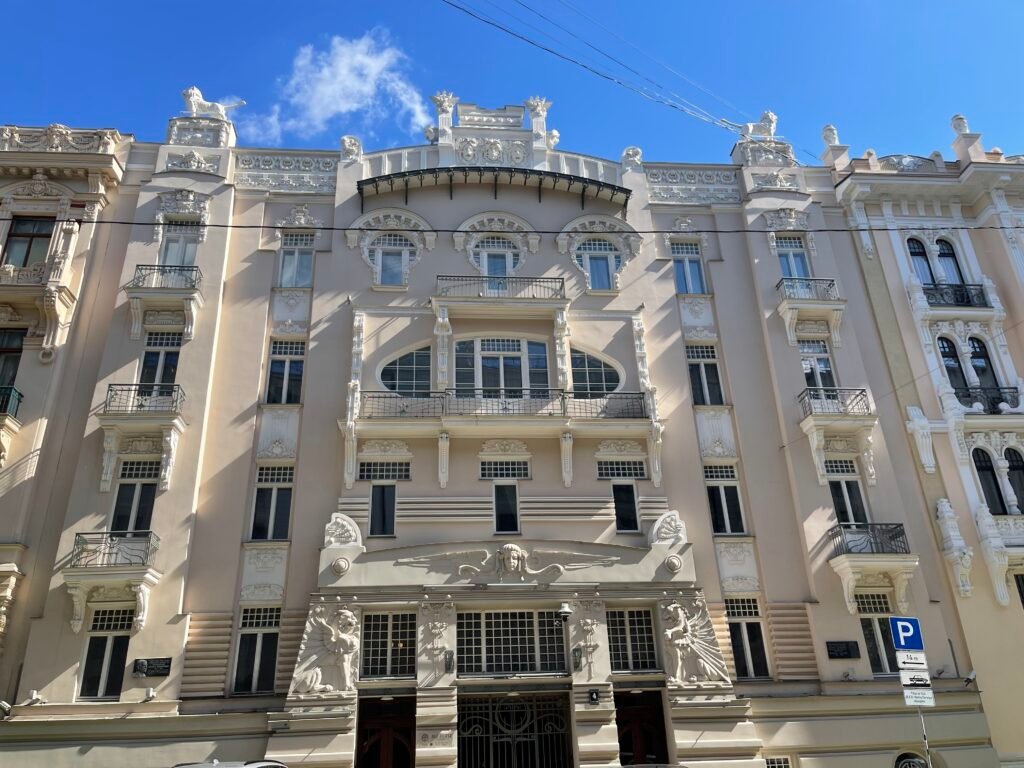
Art Nouveau buildings


The Pauls Stradiņš Medical History Museum in Riga, displays a banner featuring a depiction of Vladimir Putin’s face merged with a skull. The banner faces the Russian embassy. The banner is in protest of the war in Ukraine. Interestingly, with Russia’s invasion of Ukraine, on March 10,2022, the Riga council renamed a section of that street, where the Russian embassy is located, to “Ukrainian Independence Street”.

View of Old Town across the Daugava River.
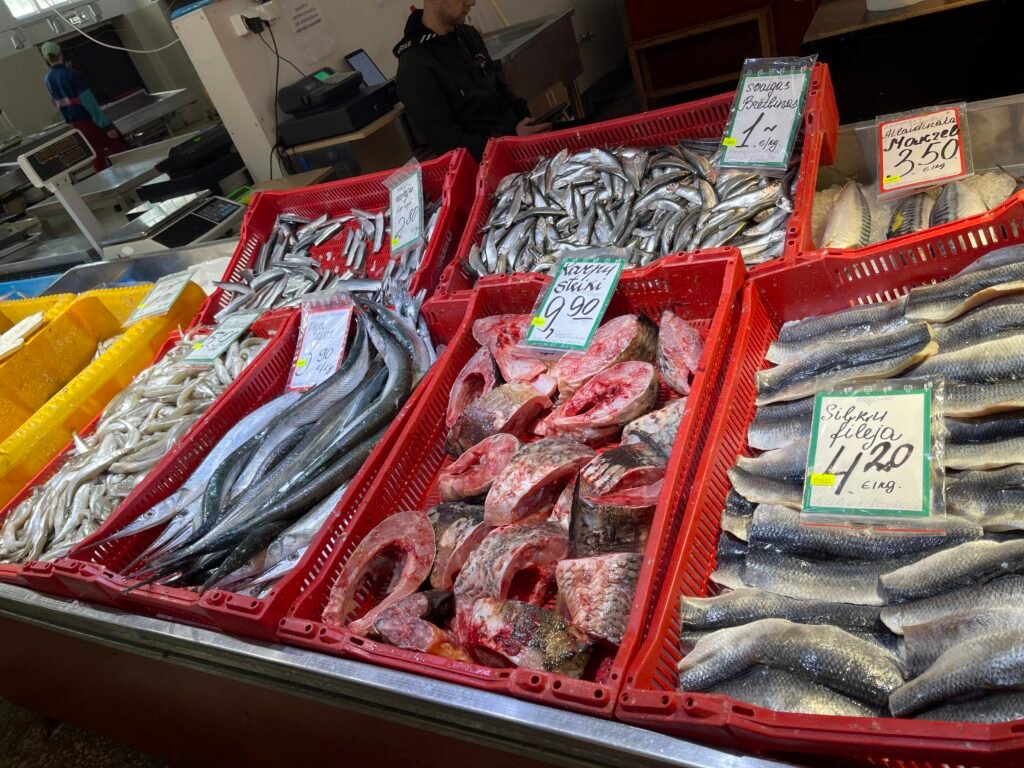
The fish market.

Riga Cathedral

The pipe organ

According to a decree by the Supreme Soviet of the USSR, as of August 1940, all Latvians are also citizens of the USSR. The passport of the Republic of Latvia must be exchanged for a USSR passport.

Lasite restaurant. They even had real candles on the tables.
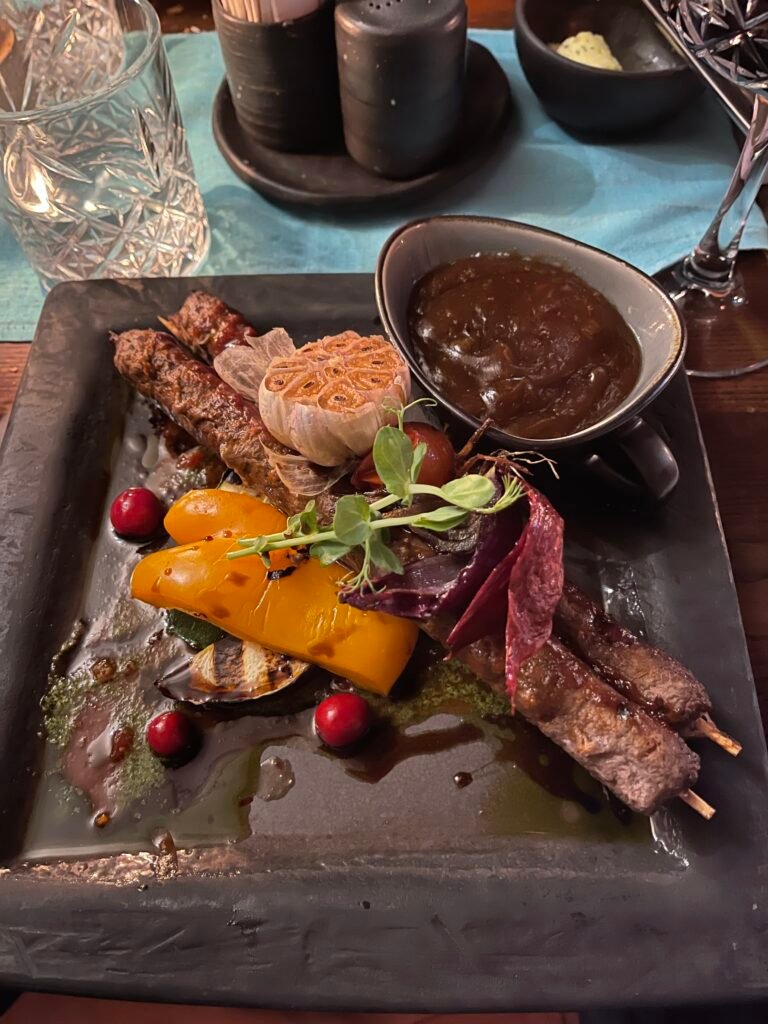
Our meal

The granite and copper monument in the center of Riga symbolizes Latvian statehood, national unity, independence and freedom.

